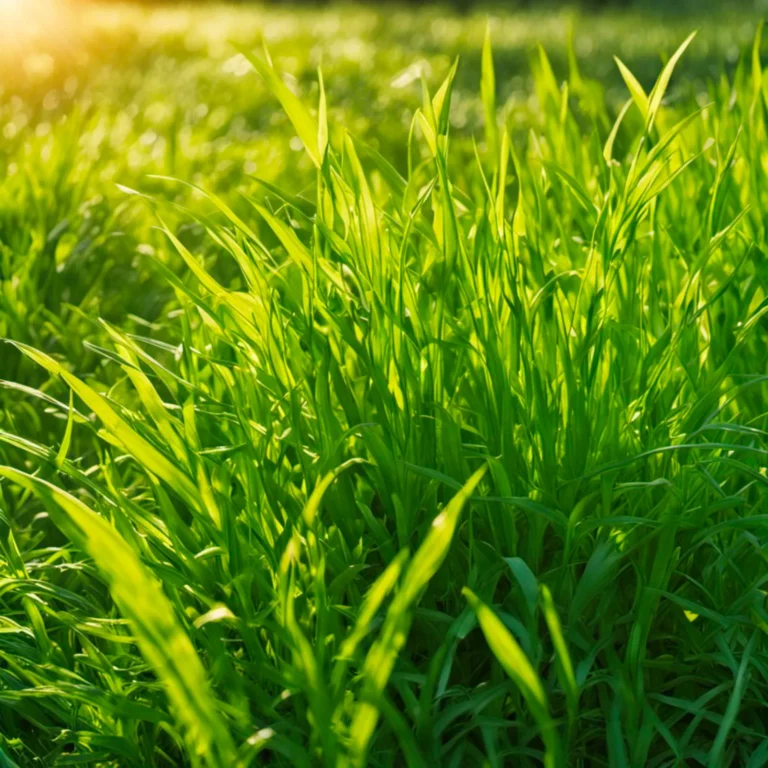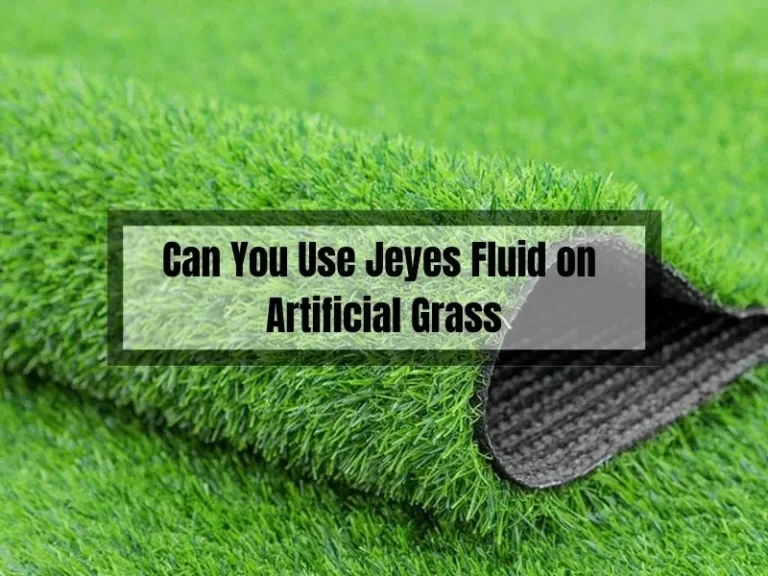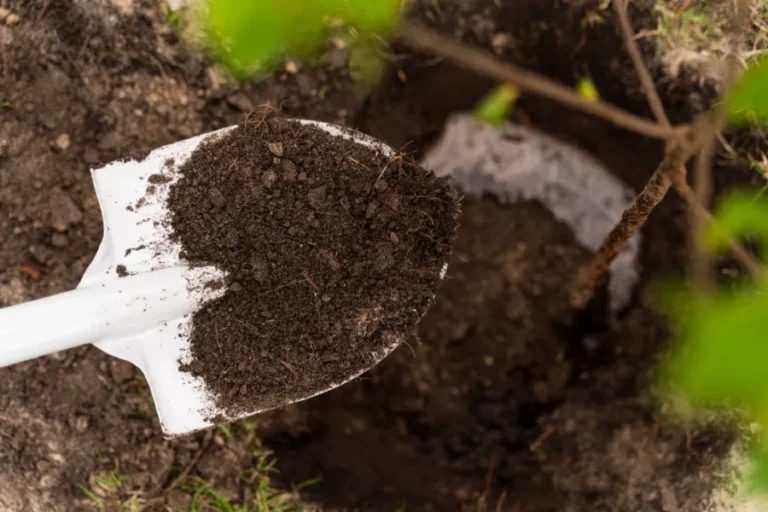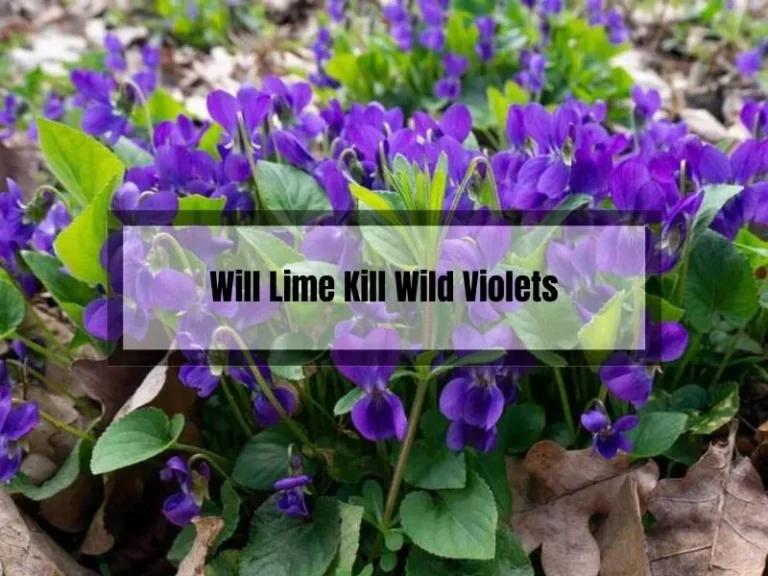Will Scotts Weed and Feed Eliminate Wild Violets? Here’s What You Need to Know!
If you’re dealing with wild violets in your garden, you might be wondering if Scotts Weed and Feed is an effective solution. This popular herbicide is known for its ability to kill a variety of weeds, but will it work on wild violets?
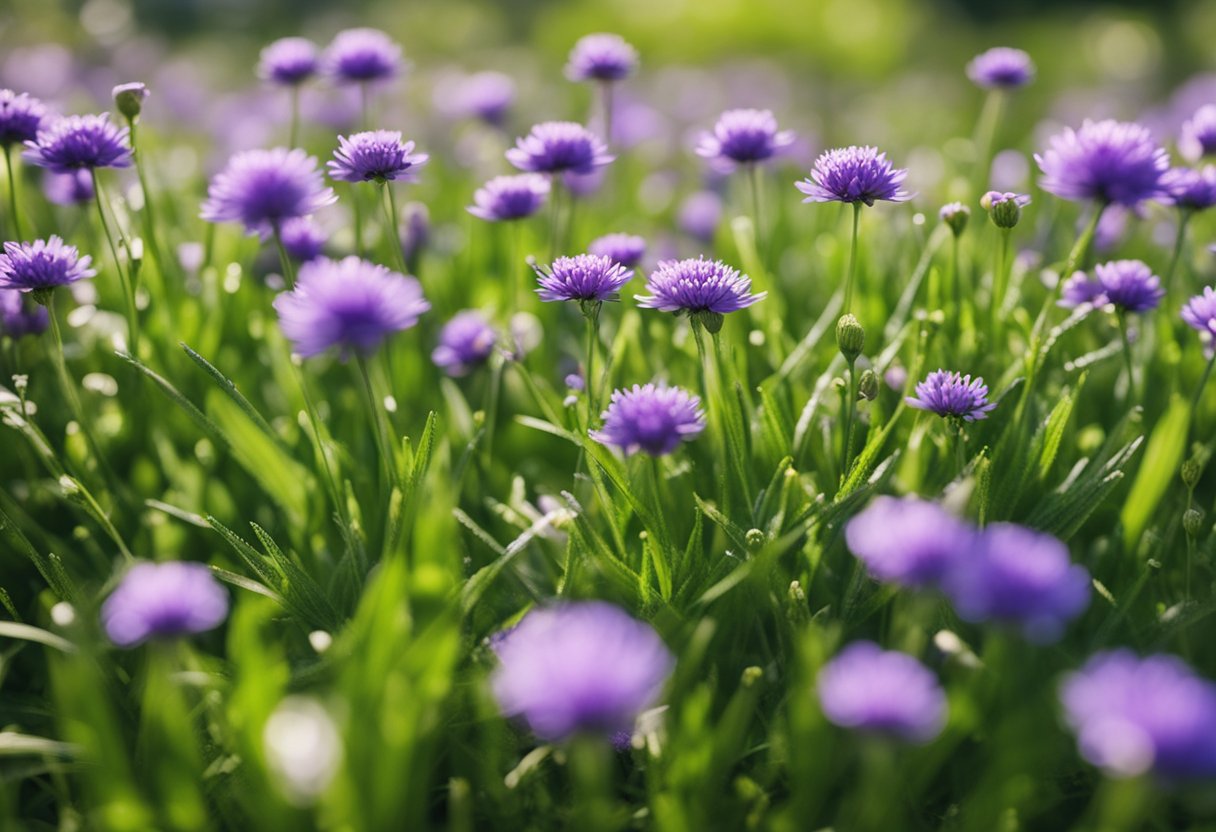
The answer is yes, Scotts Weed and Feed can be effective at killing wild violets in your lawn. This is because the product contains a synthetic version of auxin, a hormone that controls plant growth. When applied to wild violets, the herbicide disrupts their growth and eventually kills them off.
However, it’s important to note that Scotts Weed and Feed should be used with caution. While it can be effective at killing wild violets, it can also harm other plants in your garden if not applied correctly. In this article, we’ll take a closer look at Scotts Weed and Feed and how it can be used to control wild violets in your garden.
Key Takeaways
- Scotts Weed and Feed can be effective at killing wild violets in your garden.
- When using Scotts Weed and Feed, it’s important to follow the instructions carefully to avoid harming other plants.
- There are alternative methods for controlling wild violets that may be more suitable for your garden.
Will Scotts Weed and Feed Kill Wild Violets?
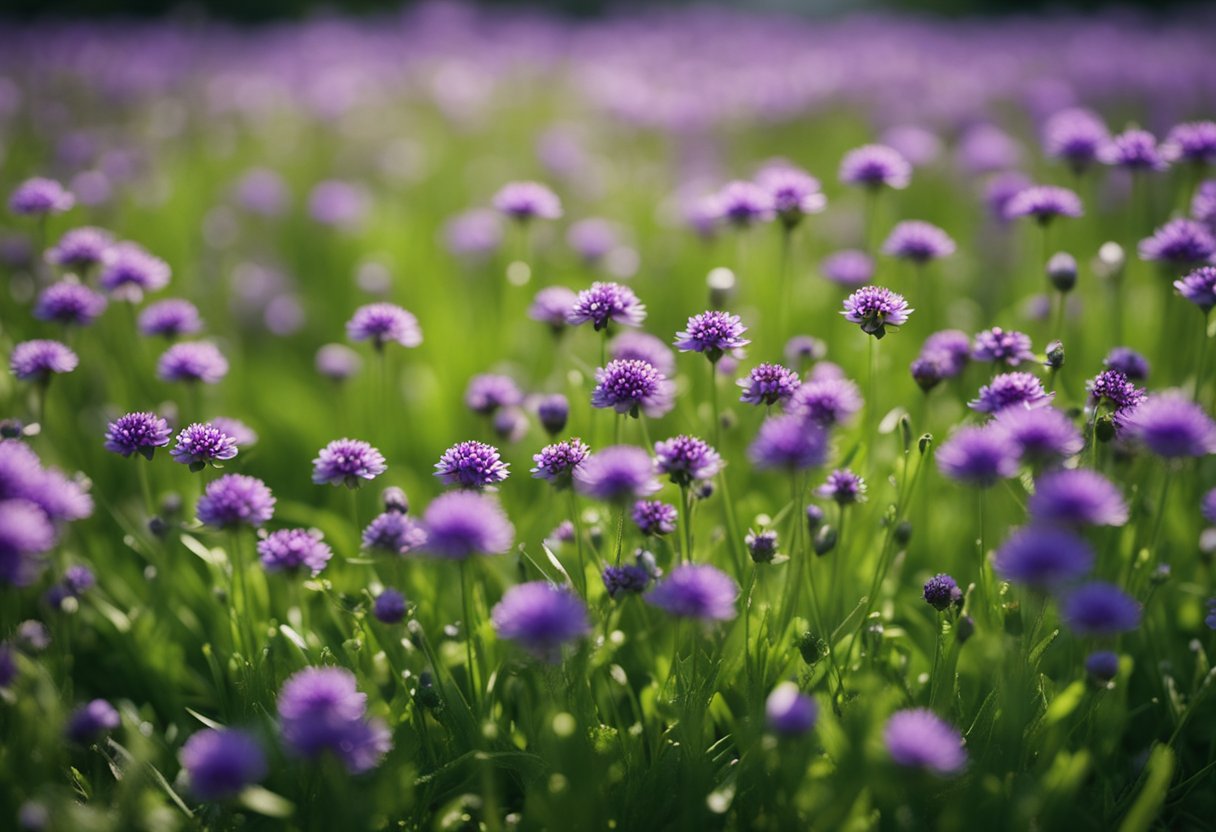
If you are looking for an effective way to get rid of wild violets in your lawn, Scotts Weed and Feed can be a great option. The herbicide 2,4-D, which is a synthetic version of auxin, a hormone that controls plant growth, is one of the main ingredients in Scotts Weed and Feed. This herbicide is very effective in killing wild violets.
Scotts Weed and Feed is an effective way to kill wild violets in your lawn. The herbicide 2,4-D is very effective in controlling broadleaf weeds, which includes wild violets. However, it is important to follow the instructions on the package carefully to ensure that you apply the product correctly and safely.
It is important to note that Scotts Weed and Feed is not suitable for all types of lawns. According to Hunker, many of these products should not be used on lawns that incorporate dichondra or clover. Therefore, it is important to read the package instructions carefully before using this product on your lawn.
In summary, Scotts Weed and Feed is an effective way to kill wild violets in your lawn. However, it is important to follow the instructions on the package carefully and ensure that the product is suitable for your lawn.
Understanding Scotts Weed and Feed

What is Scotts Weed and Feed?
Scotts Weed and Feed is a herbicide that is designed to kill a variety of weeds in lawns, including wild violets. It contains two main ingredients: 2,4-D and MCPP, both of which are effective at killing a wide range of weeds.
Scotts Weed and Feed is available in both liquid and granular form. The liquid form is applied using a sprayer, while the granular form is spread over the lawn using a spreader. It is important to follow the instructions carefully when using Scotts Weed and Feed, as overuse can damage your lawn.
How Does Scotts Weed and Feed Work?
Scotts Weed and Feed works by penetrating the leaves of weeds and killing them from the inside out. The herbicide 2,4-D mimics the natural growth hormone in plants, causing them to grow too quickly and ultimately die. MCPP works by disrupting the normal growth patterns of the weed, leading to stunted growth and death.
When using Scotts Weed and Feed, it is important to apply it when the weeds are actively growing. This is usually in the spring or fall, depending on your location. It is also important to use the right amount of product, as overuse can damage your lawn.
Overall, Scotts Weed and Feed is an effective way to control weeds in your lawn, including wild violets. However, it is important to use it carefully and follow the instructions to avoid damaging your lawn.
Wild Violets in Your Garden
Wild violets are a type of weed that can grow in your garden. They are often identified by their heart-shaped leaves and purple flowers. Wild violets can also be white or yellow, but purple is the most common color.
These flowers can grow up to 6 inches tall and can spread up to 12 inches wide. They can be found in shaded or partially shaded areas.
Why Remove Wild Violets?
While some people may view wild violets as a beautiful addition to their garden, they can quickly become a nuisance. Wild violets can spread rapidly and take over your lawn or garden. They can also be difficult to remove because they have a deep root system. If left unchecked, wild violets can choke out other plants and grass in your garden.
To prevent wild violets from taking over your garden, it is important to remove them as soon as possible. There are several methods you can use to remove wild violets, including pulling them by hand, using herbicides, or using natural weed control methods.
Remember to always read the label on any herbicide before use and follow the instructions carefully to avoid damaging your lawn or garden. If you prefer natural methods, vinegar is a commonly used natural weed killer that can be effective against wild violets.
Overall, it’s important to keep your garden free of wild violets to maintain a healthy and beautiful outdoor space.
Application of Scotts Weed and Feed on Wild Violets
If you’re dealing with wild violets in your lawn, Scotts Weed and Feed can be an effective solution. Here’s what you need to know about applying it.
When to Apply?
The best time to apply Scotts Weed and Feed is in the spring or fall when weeds are actively growing. Avoid applying it during hot and dry weather, or when rain is expected within 24 hours of application. This is because the product needs to stick to the leaves of the weeds to be effective, and rain can wash it away.
Steps to Apply
- Mow your lawn to a height of 2-3 inches, and remove any clippings.
- Water your lawn thoroughly a day before applying Scotts Weed and Feed. This will help the product stick to the leaves of the weeds.
- Apply the product evenly over your lawn using a spreader. Be sure to follow the instructions on the bag for the correct amount to use.
- Water your lawn again after applying the product. This will help it penetrate the soil and reach the roots of the weeds.
- Wait at least 24 hours before mowing your lawn again.
Remember to always wear gloves and protective clothing when handling Scotts Weed and Feed, and keep children and pets away from the treated area until it has dried.
By following these steps, you should be able to effectively control wild violets in your lawn with Scotts Weed and Feed.
Alternative Methods to Control Wild Violets
If you prefer not to use Scotts Weed and Feed to control wild violets, there are several alternative methods you can try. Here are a few:
1. Vinegar
Vinegar is a natural and affordable alternative to chemical herbicides. Its acetic acid content makes it an effective weed killer. However, it may take multiple applications to fully eradicate wild violets.
To use vinegar, mix equal parts vinegar and water in a spray bottle and apply directly to the leaves of the plant. Be careful not to spray nearby plants, as vinegar can be harmful to them as well.
2. Broadleaf Herbicide
Broadleaf herbicides are designed to kill weeds without harming grass. Look for a broadleaf herbicide that contains quinclorac or dicamba, as these ingredients are effective at killing wild violets. Be sure to follow the manufacturer’s instructions carefully when applying the herbicide.
3. Hand-Pulling
If you have a small number of wild violets in your lawn, you can try pulling them out by hand. Be sure to wear gloves, as wild violets have tough roots that can be difficult to remove.
Pull the plant out by the root, and be sure to dispose of it in a trash bag, as wild violets can re-root if left on the ground.
4. Overseeding
Overseeding your lawn can help promote healthy grass growth and crowd out weeds like wild violets. Choose a grass seed that is appropriate for your climate and soil type, and be sure to follow the manufacturer’s instructions for application.
Remember, no matter which method you choose, it may take several applications or treatments to fully eradicate wild violets from your lawn. Be patient and persistent, and you will eventually see results.
Frequently Asked Questions (FAQs)
Can I use Scotts Weed and Feed on other types of weeds?
Yes, Scotts Weed and Feed is effective at killing a wide range of weeds, including dandelions, clover, and chickweed.
How often should I apply herbicides like Triclopyr for wild violet control?
You should only apply herbicides when necessary. In the case of wild violet control, you may need to apply the herbicide once or twice a year, depending on the severity of the infestation.
Are there any natural methods to get rid of wild violets?
Yes, there are some natural methods that you can use to control wild violets. Some of these include hand weeding, mulching, and using natural weed killers like vinegar or boiling water.
What precautions should I take while using herbicides in my garden?
Always read the label and follow the instructions carefully when using herbicides. Wear protective clothing and avoid applying herbicides on windy days or when rain is expected. It’s also a good idea to keep children and pets away from treated areas until the herbicide has dried.
Can I use Scotts Weed and Feed on newly seeded lawns?
No, Scotts Weed and Feed should not be used on newly seeded lawns. Wait until the grass has established before using any herbicides.
Conclusion
In conclusion, wild violets can be a frustrating weed to control in your lawn. While they have a waxy coating on their leaves that makes it difficult for herbicides to stick to them, Scotts Weed and Feed is an effective solution for controlling this weed. Triclopyr is another effective herbicide that can be used specifically for wild violet control.
However, it’s important to use herbicides responsibly and minimize their impact on the environment. By following the instructions on the label and using eco-friendly weed control methods, you can keep your lawn looking healthy and beautiful while controlling wild violets. Happy gardening!
Related Posts:


